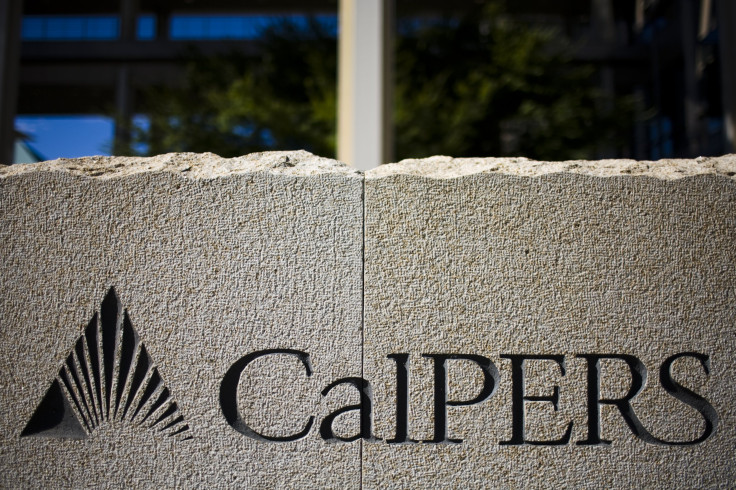Calpers, Nation’s Largest Pension Fund, To Ditch Half Its Wall Street Money Managers

In another salvo in the ongoing battle over Wall Street fees at major public pensions, California's top retirement fund is cutting the number of money managers it uses by half. The officials who head Calpers (California Public Employees Retirement System), the largest such fund in the nation, say the move will save hundreds of millions of dollars in annual expenses paid out to financial firms.
Calpers officials hope to reduce the number of investment managers to 100 from 212 over five years, the Wall Street Journal reports. Chief Investment Officer Ted Eliopoulos has earned notoriety for targeting the private-equity firms, real-estate funds and other investment vehicles that last year charged $160 million in fees to the $305 billion pension. Last year, Eliopoulos led the fund to yank its assets entirely from hedge funds, citing the cost and complexity of maintaining hedge-fund investment deals.
Calpers’ size and prominence make it an industry leader in the pension world, and its challenge to money managers comes as pension officials around the country reconsider their mounting fees. In Utah and Rhode Island, pension custodians have faced pressure to scale back so-called alternative investments, which include private equity and hedge funds.
In Pennsylvania, Democratic Gov. Tom Wolf has pledged to “stop excessive fees to Wall Street managers.” And one of New York City’s top pension officials, Comptroller Scott Stringer, released a highly publicized report earlier this year bemoaning the $2.5 billion in fees New York pensioners paid to investment professionals in the past decade.
The topic of fees has become especially pitched in New Jersey, which has witnessed an explosion in fees in recent years. Following an International Business Times investigative series into transparency and conflict-of-interest issues in the state’s pensions, the state Senate this month launched hearings into its pricey pension investments.
The fees levied on Calpers investments aren’t high by national standards, but Eliopoulos argues they can come down further. Calpers pays fees totaling 0.34 percent of its overall assets, a figure that officers would like to reduce to 0.25 percent by 2020, potentially saving billions of dollars in that time period. In 2014, Calpers earned a healthy 18.4 percent return on its assets, topping its benchmarks.
A 2013 analysis of Wall Street fees by the Maryland Policy Report found that the lowest 10 fee-payers allocated a median of 0.22 percent of their assets to fees, many of which are undisclosed. The highest-paying public pension funds, meanwhile, paid some 0.61 percent to money managers.
Such expenses are a relatively recent phenomenon. Between 2006 and 2012, fees reported by public pensions jumped 30 percent as fund managers devoted an increasing share of their assets to hedge funds and other complex investments, according to a Pew Charitable Trust study.
The biggest losers in Calpers’ manager purge will likely be private-equity managers, whose ranks will thin to roughly 30 from around 100, the Wall Street Journal reports. Real estate will also diminish, with the number of outside managers expected to shrink to 15 from 51.
© Copyright IBTimes 2024. All rights reserved.






















